If you’re pondering or actively planning a trip to Rome next year, you’ve probably heard the buzz about the 2025 Rome Jubilee, an enormously significant tradition in the Catholic Church that dates back to the medieval era. Pilgrims from all over the globe will descend on the Eternal City to participate, and questions are swirling about crowds, restrictions, availability and more. We’ve teamed up with our on-the-ground Rome travel partners to bring you the answers — here’s what to know about visiting Rome during this extraordinary time.
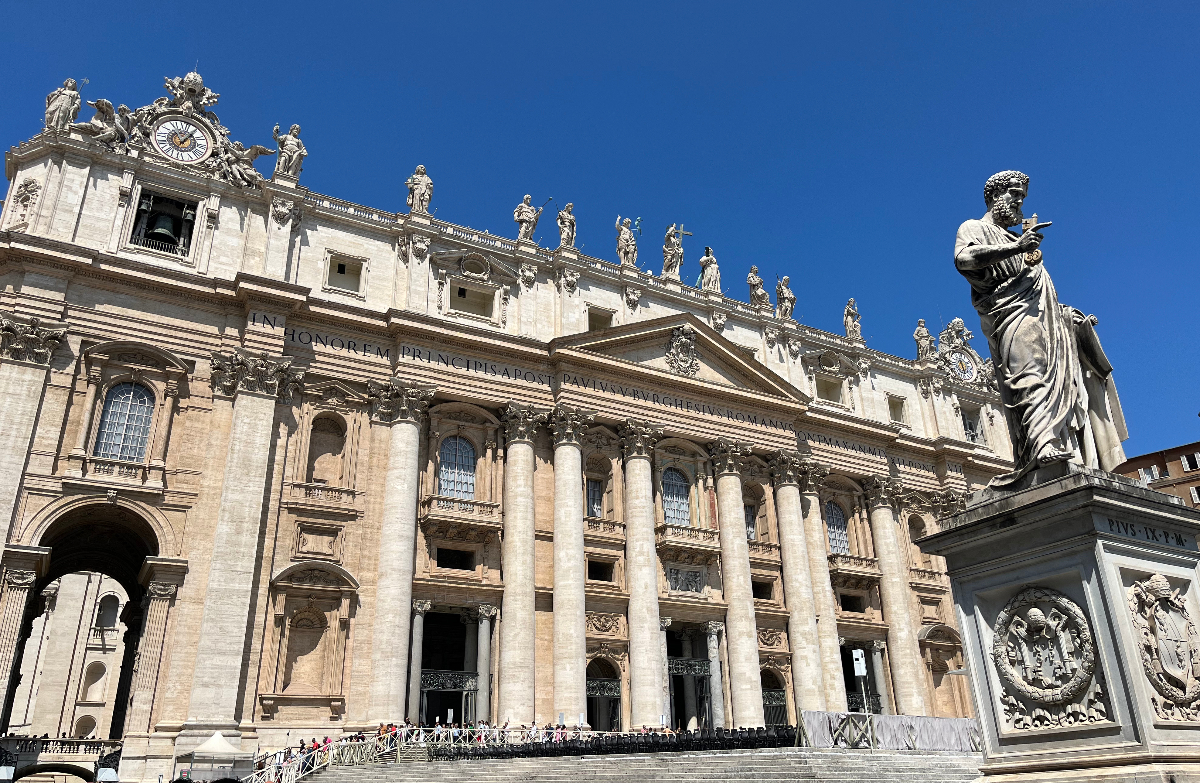
Essential Travel Tips for the 2025 Rome Jubilee
What is the Rome Jubilee?
Observed every 25 years, the Jubilee is a Catholic period of grace that centers around pilgrimage, reconciliation and spiritual growth. It will begin on Christmas Eve 2024 as Pope Francis opens the Holy Door at St. Peter’s Basilica; the door will be closed again on January 6, 2026, which marks Epiphany. The Holy Door at each of Rome’s other three papal basilicas — the Basilica of St. John Lateran, the Basilica of St. Mary Major and the Basilica of St. Paul Outside the Walls — will be opened and closed on a prescribed timetable as well. Pilgrims must pass through one of these doors as part of receiving a plenary indulgence, which in Catholic doctrine has to do with the remission of punishment for one’s sins. Between Jubilee years, the doors are sealed with cement to prevent their use.
Special events throughout 2025 will honor specific groups, such as the Jubilee of Artists in February, the Jubilee of Teenagers in April and the Jubilee of Justice in September. In addition to religious rites, expect themed cultural programming such as parades, concerts and exhibitions at various locations around the city.
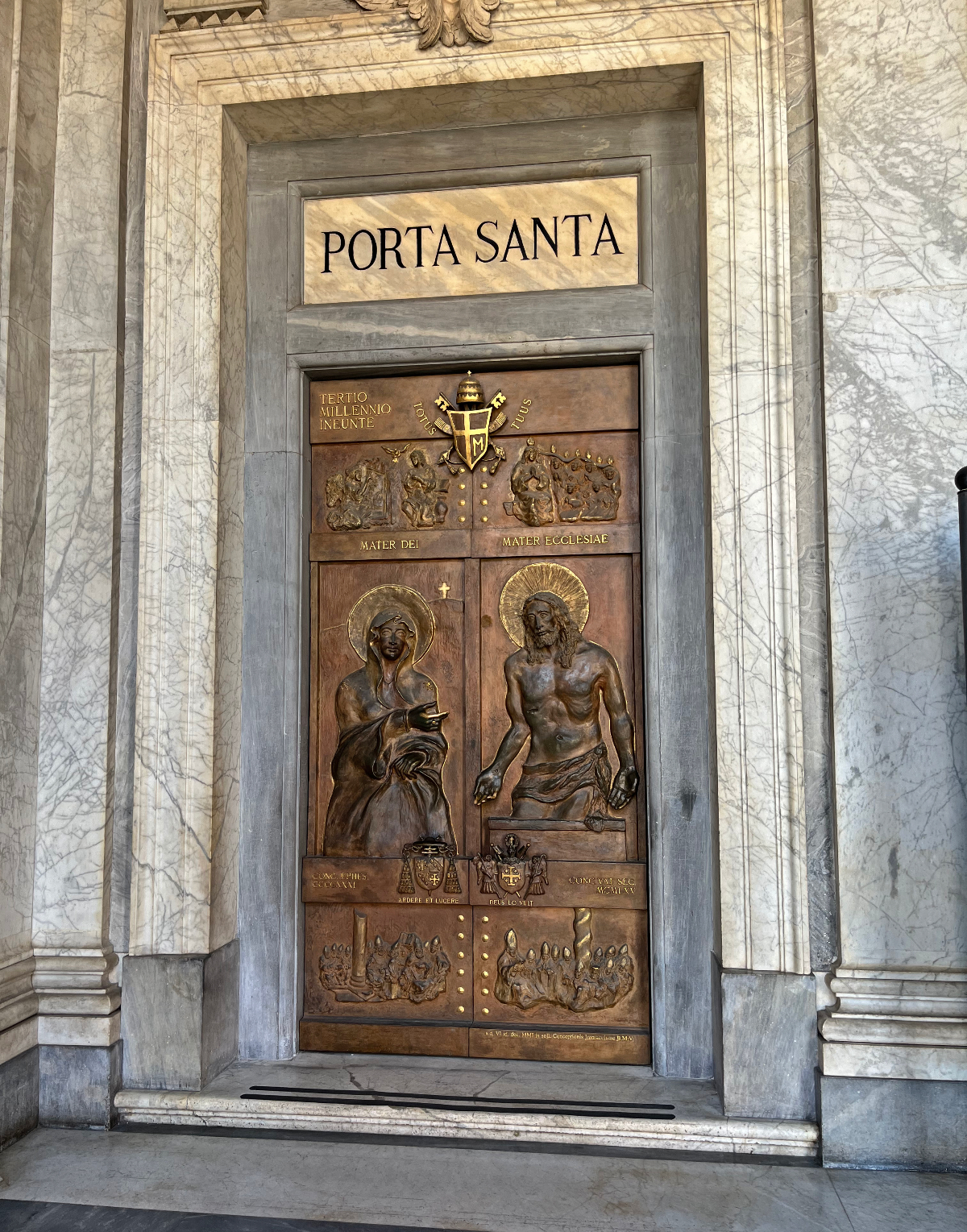
Where Are the Papal Basilicas?
St. Peter’s Basilica is the only one within Vatican City; the remaining three are scattered throughout Rome. St. John Lateran and St. Mary Major are both about 20 minutes’ walk (in different directions) from the Colosseum, but you’ll need to catch a taxi or the metro to reach St. Paul Outside the Walls, which lies south of the ancient Aurelian Walls that once encircled the city. Each is visually spectacular with a rich and fascinating past, and all are worth visiting even if they hold no religious significance for your family. Hire a private tour guide to bring their stories to life and understand their roles in Roman history; our CB Travel Advisor team can match you with a vetted guide through our Rome travel partners.
The basilicas are active places of worship, so be respectful as you explore. As with almost all Rome churches, they require that you dress modestly with knees and shoulders covered.
Ready to plan your ultimate dream trip to Italy?
Our expert Travel Advisors can design a custom itinerary, arrange private guides and experiences, and book vetted accommodations, often with exclusive perks to pass along. Click to send us a request!
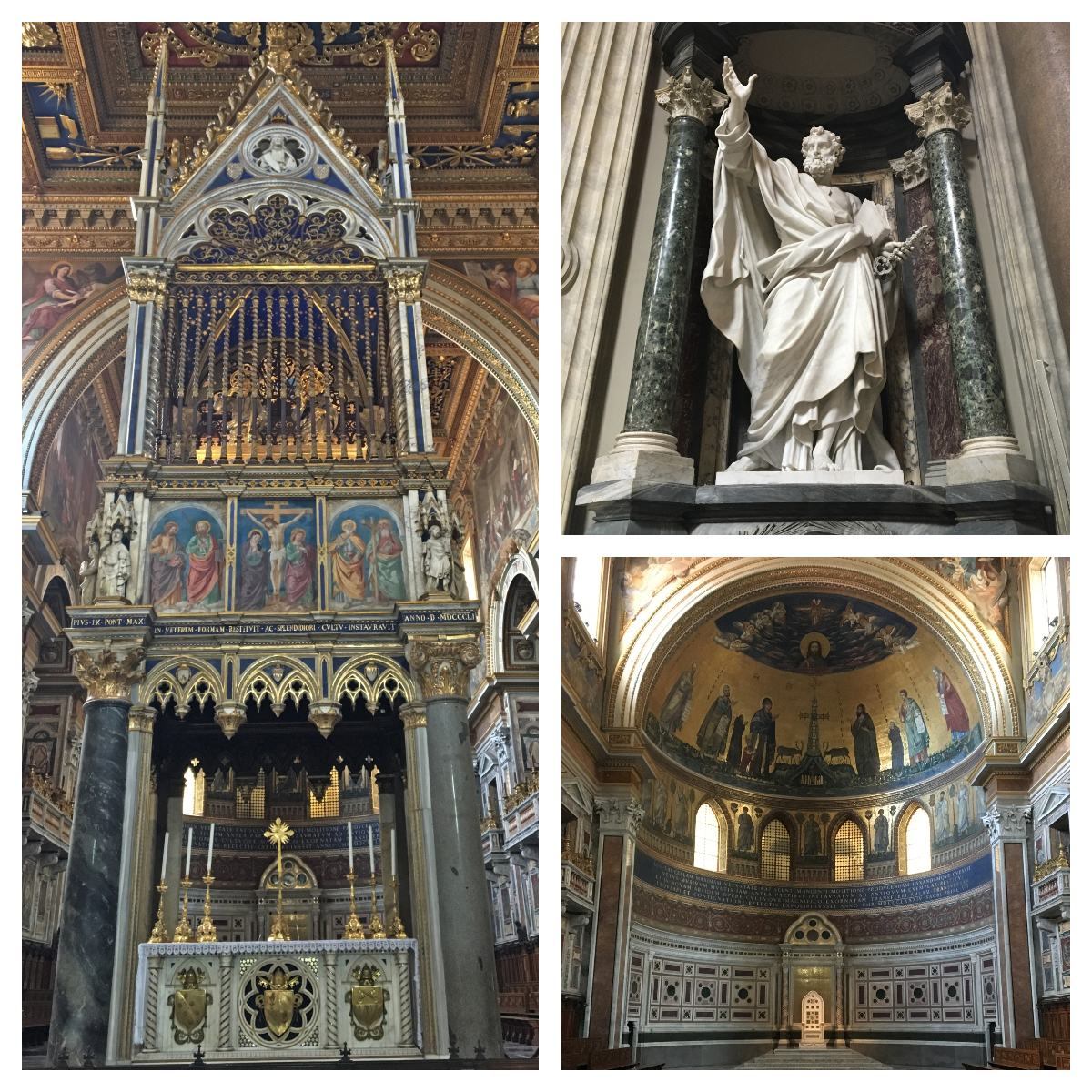
How Will the Jubilee Affect Rome Travel Planning?
Rome officials anticipate roughly 35 million pilgrims next year, equal to the record high number of tourists who visited in 2023. By and large, pilgrims will not be there to sightsee and many plan to stay at convents, monasteries or hostels, so the impact on most attractions and higher-end hotels won’t be as drastic as you might imagine. That said, it’s Rome, and crowds are a constant even in ordinary years. Book your trip by the end of 2024 or very early in 2025 to ensure you have the widest possible choice of accommodations and tours, especially around key dates on the liturgical calendar such as Epiphany or Ash Wednesday.
The fringe benefit is that construction crews have been working furiously to give the city a facelift in time for the Jubilee, undertaking some 3,200 projects in all. While you may still see a little scaffolding or rubble in spots, the main monuments and landmarks affected should be back to normal by late December. Much of the work has targeted Rome’s old and dated metro lines, including new trains, updated tracks and a needed revamp of major stations.
Precautions will be put in place to ensure the safety of pilgrims and other travelers, so expect tighter security at the Vatican and elsewhere.
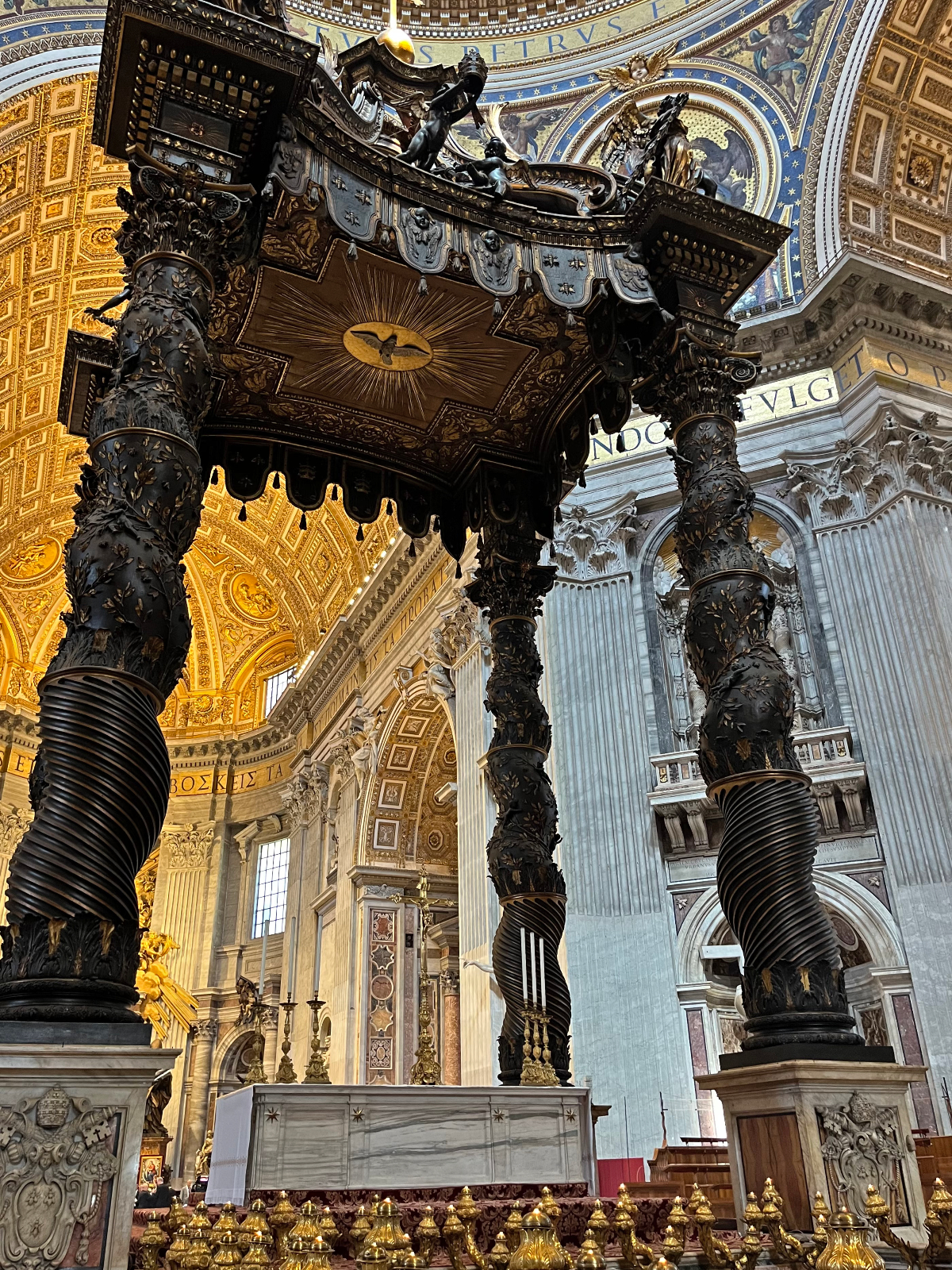
Will Vatican Sites Be Open?
It will be business as usual for Vatican tourism, but this is where you’re likely to encounter the biggest surge in foot traffic, as both the Vatican Museums and St. Peter’s Basilica are sure to see a notable increase. The museum-going throngs are shoulder to shoulder on any given day, so we strongly recommend an early-access or after-hours tour, which our Advisors can book for you. Although you will still have plenty of company, you will also have space to move around freely and admire the magnificent artwork and collections. You might even get a chance to sit down in the Sistine Chapel, unthinkable during regular opening hours.
St. Peter’s is so big that it almost never feels congested, but plan for extremely long lines at the entrance. If you’re interested in the Scavi Tour, which takes you through the excavations beneath the basilica and concludes at the tomb of St. Peter, tickets are limited to 250 per day and must be requested months in advance. Note that kids under 15 aren’t allowed.
Pope Francis holds a general audience in St. Peter’s Square most Wednesday mornings and prays the Angelus (a Catholic devotion) from the window of his apartments most Sundays at noon. Those events are likely to draw greater crowds than usual throughout 2025. You’ll need to request a free ticket for the Wednesday papal audience; no ticket is necessary for the Angelus.

What Else Should Be On My Itinerary?
If Catholic sites are your reason for traveling to Rome, you are spoiled for choice. One of the oldest Roman customs, dating back to the 16th century, is the Pilgrimage of the Seven Churches, which involves walking a route between the four papal basilicas plus three others. You can combine a visit to the Basilica of St. John Lateran with the Holy Stairs nearby; see the Basilica of St. Peter in Chains, which displays the chains said to have bound its namesake saint; or explore the Church of the Gesù, the first Jesuit church in Rome. The Basilica of Santa Maria in Trastevere, the Basilica of San Clemente and the Basilica of Sant’Agostino are all deeply meaningful and lovely to view. Our partners also offer wonderful day trips to towns such as Assisi, home to major sites associated with St. Francis of Assisi as well as the Basilica of St. Claire, and Naples, which is strongly rooted in religious tradition.
If you’re more focused on classic attractions like the Colosseum and the Pantheon, balance them with off-path gems such as the Baths of Caracalla, the Via Appia Antica or the Capitoline Museums, which are right in the heart of the city yet rarely get overrun. The museums offer an excellent primer on Rome’s history and include treasures like the famous Equestrian Statue of Marcus Aurelius. Want to escape the urban chaos for a day? Book a tour of Ostia Antica, a ruined ancient seaport that boasts beautifully preserved mosaics and frescoes — some CB clients even prefer it to Pompeii. And for a sampler of Rome’s exceptional cuisine as well as a peek into local life, we love taking a food tour in a neighborhood such as Trastevere.
For complete information about the 2025 Rome Jubilee, visit the official website.
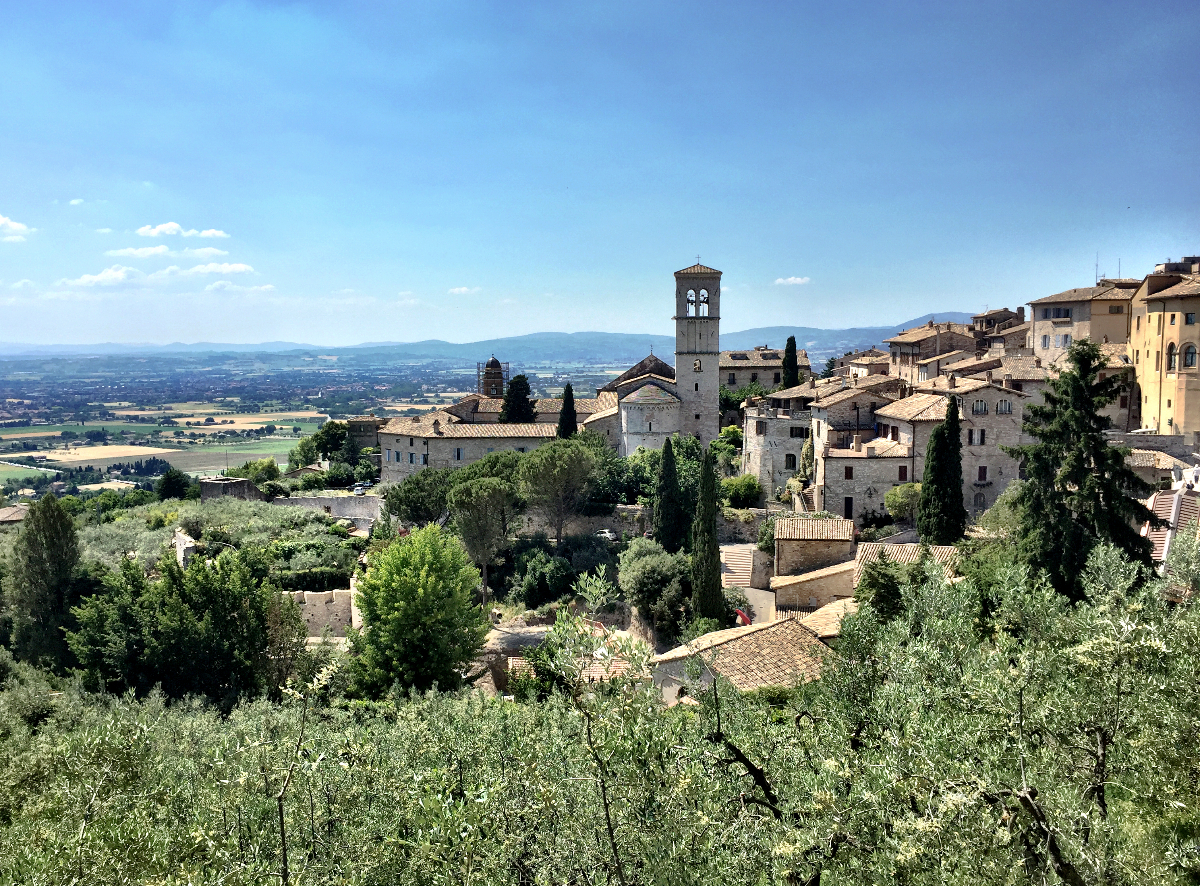
Relevant Links:
Browse all accommodations and activities in Rome on Ciao Bambino
1 to 2 weeks in Italy: The best itinerary for families
52 things to know before traveling to Italy with kids
Essential tips for visiting the Vatican with kids
12 delicious family-friendly restaurants in Rome
Photos by Lisa Frederick except where noted.
Editor’s note: This post was accurate when published. We advise checking independently for the latest information and updates. Ciao Bambino does not accept responsibility or liability for any errors or omissions in, or for any actions taken based on, the information presented.

Written By
By Lisa Frederick






 travel recommendations, inspiring adventures, and exclusive travel offers
travel recommendations, inspiring adventures, and exclusive travel offers